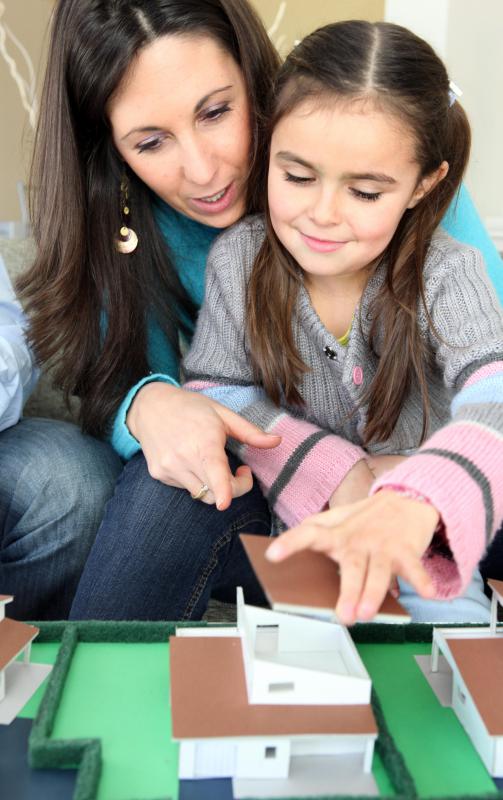At WiseGEEK, we're committed to delivering accurate, trustworthy information. Our expert-authored content is rigorously fact-checked and sourced from credible authorities. Discover how we uphold the highest standards in providing you with reliable knowledge.
What Are the Different Types of Fine Motor Skills Activities?
Fine motor skills are the set of skills that use the smaller muscles in the body — namely those in the arms and hands. In most cases, infants and children naturally master many of these abilities through regular play. There are several fine motor skills activities though that may be used to encourage the development of particular muscles. Fine motor skills activities that are usually recommended include holding and opening jars with one hand, threading beads or needles, writing from varying angles, and playing with Play-Doh® or clay.
There are several types of motor skills activities recommended to be introduced to young children and adults alike who require help in developing fine motor skills. Many of these may be done with objects typically found at home, though there are fine motor skills activities that may be purchased in many book or toy stores and online. It is possible to begin working on fine motor skills from infancy, but most healthcare professionals note that as long as the baby appears to be developing at a normal rate, scheduled and structured fine motor skills activities may be delayed until about 12 months of age.

Activities that exercise the fingers may be done through practicing activities that may occur daily. This may include squeezing tubes of glue, lotion or toothpaste using only the fingers. It is important for people to be able to successfully separate the functions of each finger. The recommended fine motor skills activities to do this include holding a jar with one hand while opening it with the same hand and writing while holding a coin with the ring and pinky fingers. Placing coins in a slot, such as in a piggy bank, or threading beads may also help finger manipulation.

Other important fine motor skills activities recommended aid in strengthening the muscle movement in the palms, wrists and even the entire arm. This includes holding small objects in cupped palms for an extended period of time, using a knife to cut, writing or drawing on paper on the wall, and using a streamer to create circles. It is also recommended to massage the palms and fingers. Many healthcare professionals recommend using clay or Play-Doh® in varying thickness to strengthen multiple areas in the hands, fingers and arms. Activities range from creating balls in varying size to finding small objects hidden inside.
AS FEATURED ON:
AS FEATURED ON:













Discuss this Article
Post your comments